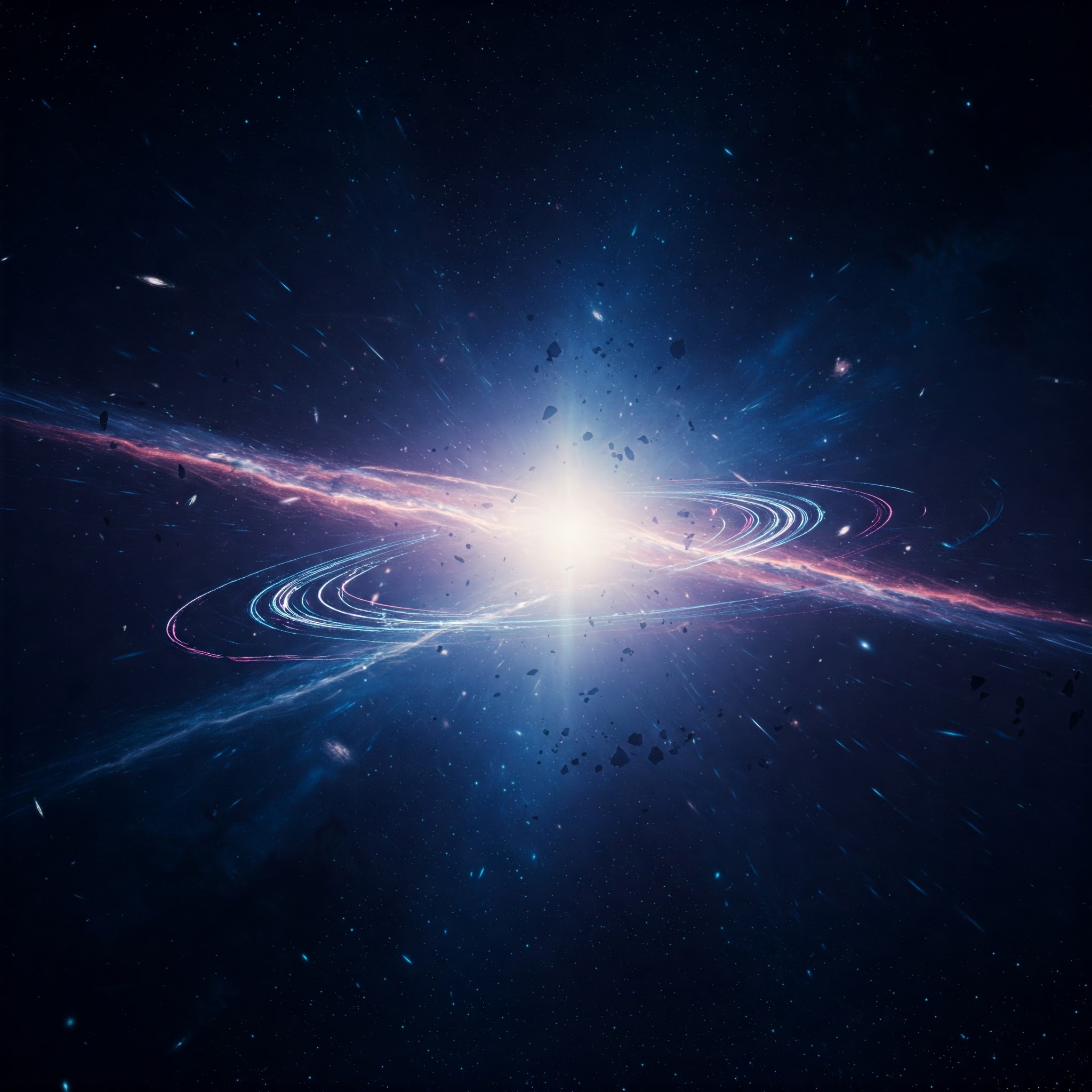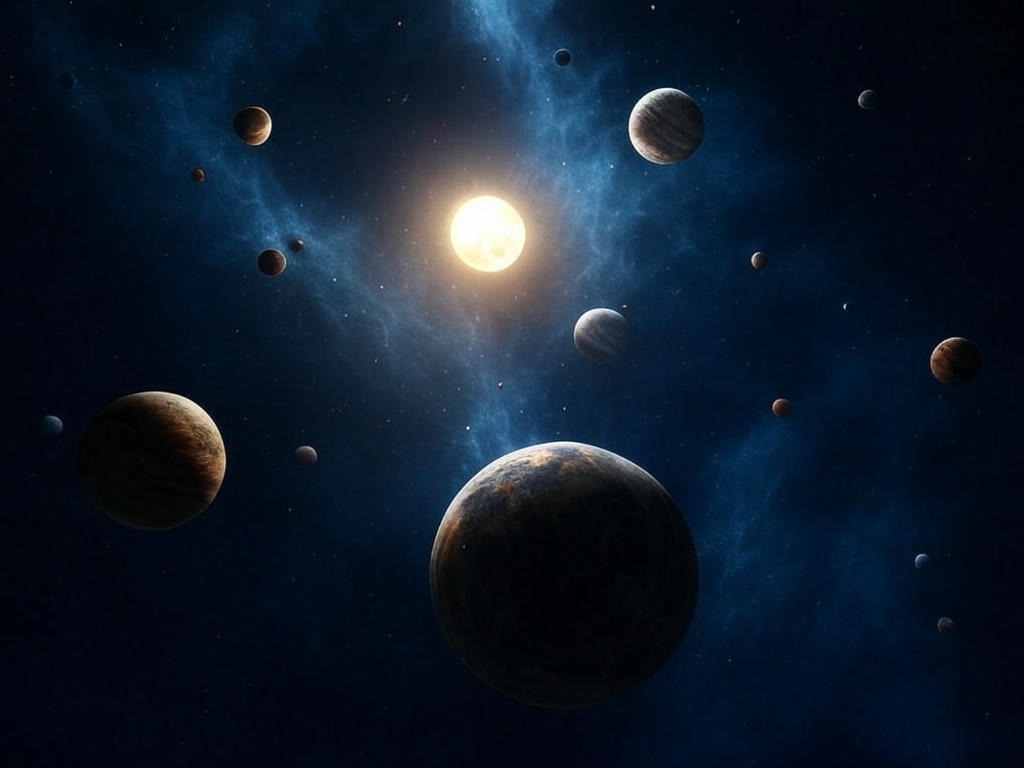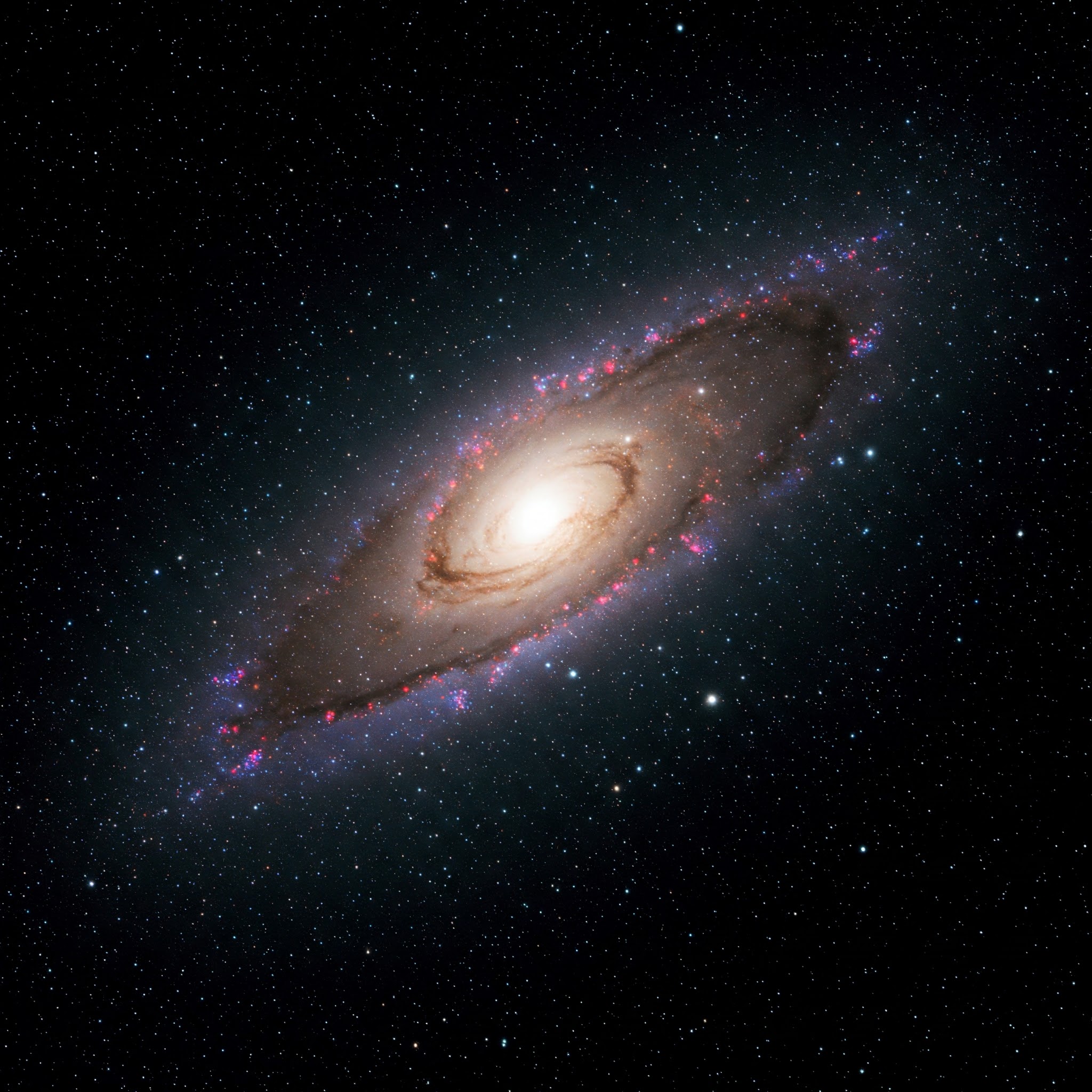Dark energy is one of the greatest mysteries of modern astrophysics. Although it makes up roughly 68% of the total energy content of the universe, scientists still know very little about what it actually is. Its presence was first inferred in 1998, when observations of distant supernovae revealed that the universe is expanding at an accelerating rate—an unexpected discovery that challenged the standard cosmological model.

But what exactly is dark energy? In simple terms, it is a hypothetical form of energy that permeates all of space and tends to increase the rate of expansion of the universe. Unlike gravity, which pulls matter together, dark energy has a repulsive effect on the cosmos.
There are several theories attempting to explain dark energy. One of the most widely accepted is the cosmological constant, proposed by Albert Einstein. This theory suggests that dark energy is a property of space itself. Another idea is that dark energy could be a new dynamic field, dubbed “quintessence,” which evolves over time. Still, none of these theories have been definitively proven.
Scientists are currently using advanced telescopes and space missions—like the European Space Agency’s Euclid telescope and NASA’s Roman Space Telescope—to gather data on the behavior of galaxies and cosmic microwave background radiation. These missions may provide crucial insights into how dark energy influences the structure and fate of the universe.
Understanding dark energy isn’t just an academic pursuit; it has major implications for the future of the universe. Will the cosmos expand forever, slowly tear apart, or eventually collapse back in on itself? The answer may lie in unraveling the nature of this elusive force.


